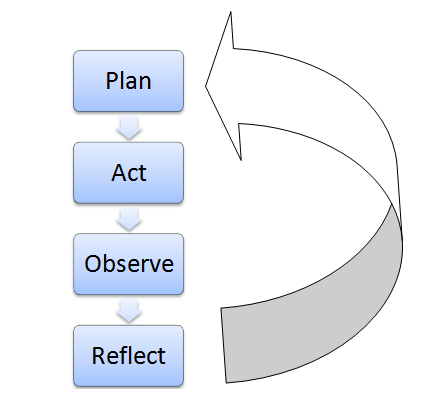People often become confused about Action Research. In my early career in research, I was not even familiar with this sort of research. I learned about it when I started my career in an international organization. In this article, I will try to elaborate more on action research so that the novice researcher or any research enthusiast can be benefited.
We frequently pronounce academic research, educational research, empirical research, laboratory research, action research, etc. Though the basics of all the categories of research are identical, there are some characteristics that differentiate them from one another. For example, academic research is more inclined toward theoretical background and scholarly debate than any other type of research.
So, what is action research?
Action research is a field-based evaluation that analyzes transformative changes with contribution and activation processes. The prominent scholar Karl Lewin coined and defined,
comparative inquiry about the conditions and impacts of different shapes of social activity and inquiry about driving to social action that utilizes a winding of steps, each of which is composed of a circle of arranging, exertion and fact-finding around the result of the activity.
So, it is to assemble information through perceptions and other strategies, and research and interpret the discoveries you collect so simply can act on proof. Once your activity arrangement is input, you take another look, see what has worked or still needs changing, make a cycle of your unique plan and proceed through the process.
To understand the process, let’s see the diagram

Now, let’s discuss the process step by step
To start action research, you should prepare an action plan first. You should identify the project areas, target community, project goal, methodology, etc. Once you finish the first step, you can proceed to initiate project activities. You can recruit staff, conduct field activities, and collect primary and secondary data. For example, if you decided to find an understanding of juvenile groups on SRH issues, you can take in-depth interviews based on your project goal. Then, you can observe the total scenario of the findings, which may include interviews and participatory observation. You may also scrutinize local context, cultural components, institutional loopholes, and so on. Finally, you may reconstruct your hypothesis.
It’s your turn!
I have just shared a simple overview. The best way to learn action research is to grab a comprehensive book on research methodology and participate in a research project. If you are looking for such an opportunity, don’t forget to follow me on my LinkedIn profile Sharif Mustajib.